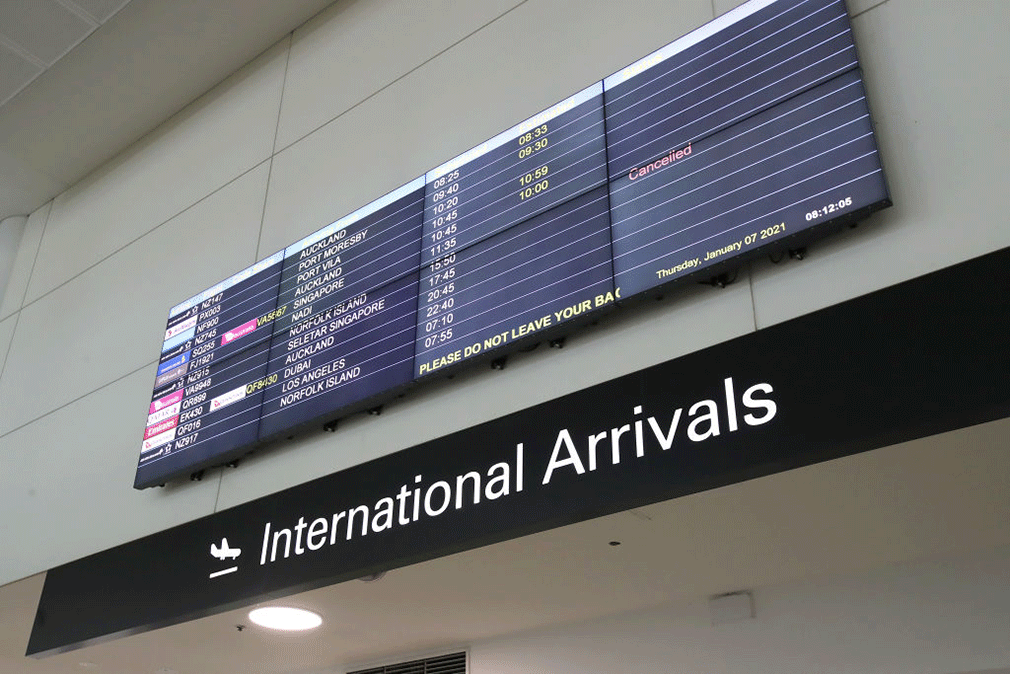Surge in overseas arrivals will help RBA in inflation battle

Overseas workers are arriving in Australia in record numbers since pandemic border controls were lifted. (Getty)
Working-age migrants are arriving in Australia in record numbers in a trend that should ease the nation’s labour shortages and help the Reserve Bank in its efforts to rein in inflation.
Australia has traditionally relied on migrant labour as an engine of growth. So it was a shock to the economy when that tap was abruptly turned off during the pandemic after strict border controls were brought in to curb the spread of the virus.
People are now once again moving freely, and the sharp recovery in migration rates has taken many by surprise.
Net overseas arrivals in the visa categories that add to Australia’s labour supply – such as temporary skilled visas, temporary work visas and temporary student visas - are all increasing at a record pace.
Over the first five months of the 2023 financial year these categories added 180,000 workers to the labour force – the highest on record.
Forward indicators point to continued strength. The number of rent searches by overseas property seekers jumped by 65 per cent in 2022 and were 20 per cent higher than the pre-pandemic level in 2019.
Based on current trends, the boost to the labour supply from new arrivals could amount to 270,000 in the 2022-23 financial year – that’s 100,000 more than the previous peak of 167,000 recorded in 2008-09.

The labour supply boost will also translate to higher net overseas migration levels. To be officially counted as a “migrant”, an arrival has to reside in Australia for at least 12 of the past 16 consecutive months. In our view, net overseas migration will be at least 100,000 higher than the current Federal Budget forecast of 235,000 – this would also amount to an historic high.
This surge in overseas arrivals could see measures of labour market tightness, such as the employment-to-population ratio and the unemployment rate, ease by up to 0.5 percentage points this financial year.
This easing will not necessarily result from people losing their jobs. It will more likely be a case of labour demand not keeping pace with the growing pool of available workers. In the second half of 2022, labour supply accelerated while demand started to wane, a dynamic which is likely to continue.
By helping to curb upward pressure on unsustainable wages growth, it is also likely to slice up to 0.2 percentage points from services inflation this year. Services includes things like haircuts, music lessons, and education. They’re labour intensive and largely driven by wages outcomes. This makes services inflation “sticker” and harder to get down without a harder landing.
Arrivals not only expand the labour force, they also lift demand for goods and services. That could add to price pressures in some parts of the economy - the apartment rental market, in particular, will struggle to absorb the influx.
However, new working-age migrants tend to spend less and save more than residents and, with labour demand already slowing, the arrivals surge is more likely to have a dampening effect on inflation overall.
The RBA continues to walk a tightrope in its efforts to curb inflation through higher interest rates, while not tipping the economy into recession. The record boost in labour supply from overseas arrivals will help ease skills shortages and services inflation. This may very well help the RBA achieve its goal.


